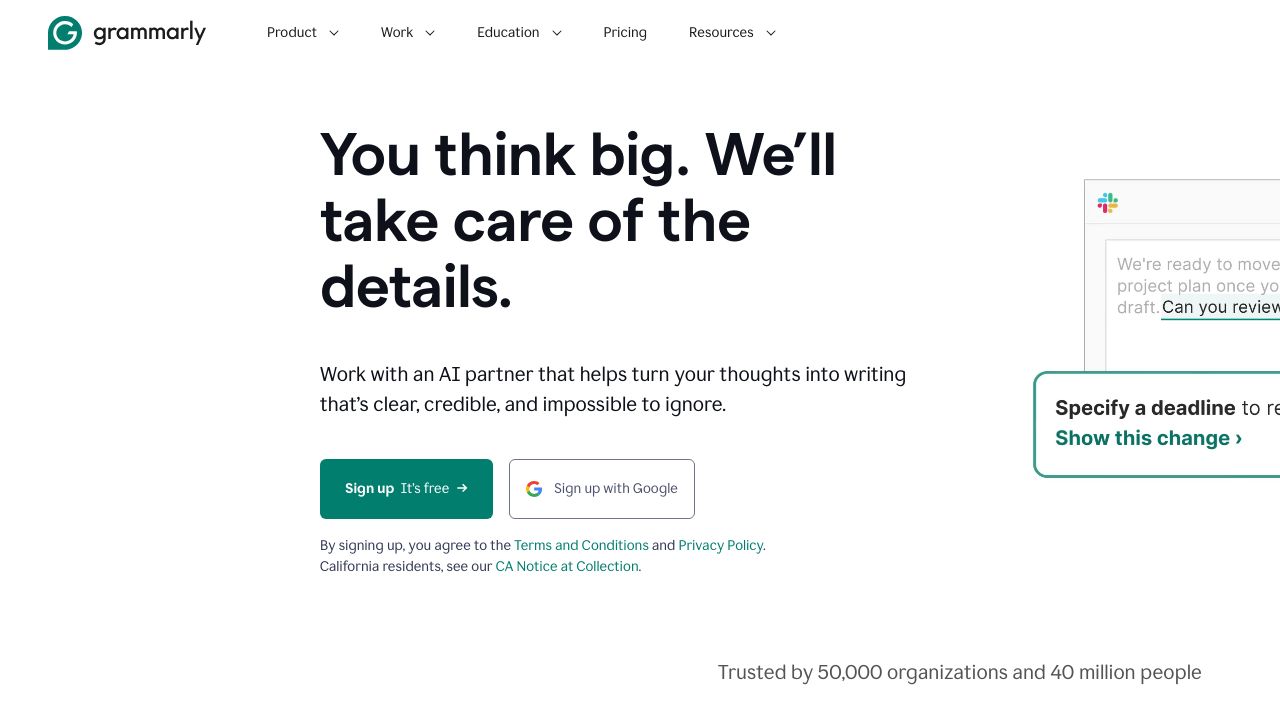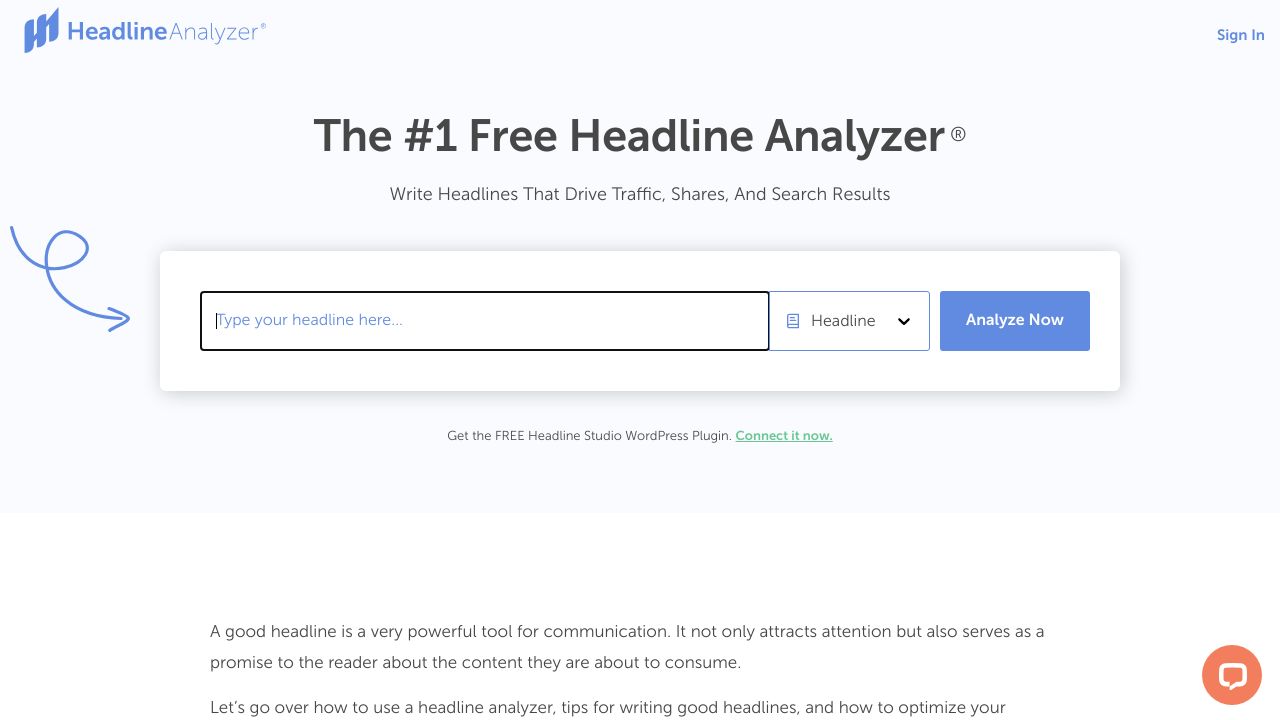Running a WordPress blog in 2025 feels like juggling flaming torches while riding a unicycle. You're constantly switching between writing, editing, optimizing for SEO, scheduling posts, and analyzing performance. It's exhausting.
I've been publishing content for over a decade, and I can tell you that the difference between struggling bloggers and successful ones often comes down to their toolkit. The right best blogging tools don't just save time - they transform your entire workflow.
The Modern WordPress Publisher's Dilemma

Today's content creators face unprecedented challenges. Search algorithms change constantly. Readers expect higher quality content. Competition is fierce.
Most publishers spend 70% of their time on tasks that don't directly create value - formatting, basic SEO checks, scheduling, and manual optimization. That's time stolen from what actually matters: creating great content that serves your audience.
How the Best Blogging Tools Transform Your Workflow
The right tools act like a skilled assistant who never sleeps. They catch grammar mistakes you'd miss, suggest SEO improvements in real-time, and automate repetitive tasks that drain your creative energy.
When I started using specialized blogging tools, my publishing speed doubled. More importantly, my content quality improved because I could focus on ideas and storytelling instead of technical details.
What Makes a Blogging Tool Worth Your Investment in 2025
- Seamless WordPress integration that doesn't slow down your site
- Time savings that justify the cost within the first month
- Learning curve short enough that you'll actually use it
- Regular updates that keep pace with WordPress and search engine changes
- Support team that responds when you need help
Content Creation and Writing Tools

Writing great content is hard enough without worrying about grammar, style, and optimization. These tools handle the technical stuff so you can focus on your message.
Tool #1: Grammarly - Advanced Grammar and Style Enhancement
Grammarly goes way beyond basic spell-check. It catches subtle grammar issues, suggests style improvements, and even helps with tone adjustment. The WordPress integration means you get real-time feedback as you write.
What I love most is how it learns your writing style. After a few weeks, it stops suggesting changes that don't match your voice. The plagiarism checker is also invaluable for publishers who work with freelance writers.
The premium version includes advanced features like clarity suggestions and vocabulary enhancement. For professional publishers, it typically pays for itself by reducing editing time.
Tool #2: Jasper AI - AI-Powered Content Generation
Jasper AI helps overcome writer's block and speeds up content creation. It's particularly useful for generating outlines, introductions, and first drafts that you can then refine with your expertise.
The tool works best when you provide detailed prompts and context. I use it to generate multiple headline options, create social media descriptions, and draft email newsletters. The WordPress plugin lets you access Jasper directly from your editor.

Remember that AI-generated content needs human oversight and fact-checking. Use it as a starting point, not a finished product.
Tool #3: CoSchedule Headline Analyzer - Optimized Title Creation
CoSchedule's Headline Analyzer takes the guesswork out of title creation. It analyzes your headlines for emotional impact, word balance, and SEO potential.
The tool scores headlines on multiple factors and suggests improvements. I've seen click-through rates improve significantly after optimizing titles with this tool. It's free to use and provides actionable feedback within seconds.
SEO and Content Optimization Tools
SEO doesn't have to be complicated. These tools make SEO optimization accessible to publishers who don't have technical backgrounds.
Tool #4: Yoast SEO - Comprehensive On-Page Optimization
Yoast SEO is probably the most popular WordPress SEO plugin for good reason. It provides real-time content analysis, readability scores, and technical SEO optimization.

The traffic light system makes it easy to understand what needs improvement. Green means you're good to go, yellow suggests improvements, and red indicates issues that need fixing. The premium version includes internal linking suggestions and multiple keyword optimization.
What sets Yoast apart is its educational approach. Instead of just telling you what's wrong, it explains why certain optimizations matter.
Tool #5: Surfer SEO - Data-Driven Content Optimization
Surfer SEO analyzes top-ranking pages for your target keywords and provides specific optimization recommendations. The content editor shows you exactly how many times to use keywords and related terms.
This tool is particularly valuable for competitive niches where small optimization differences can impact rankings. The WordPress integration lets you optimize content without leaving your editor.
Tool #6: Semrush Writing Assistant - Competitive Content Analysis
Semrush Writing Assistant combines SEO optimization with readability analysis. It suggests improvements based on what's working for your competitors.
The tool integrates with Google Docs and WordPress, providing real-time feedback as you write. It's particularly useful for publishers who want to understand why certain content ranks well.
Publishing and Workflow Management Tools
Consistent publishing requires organization. These tools help you plan, collaborate, and maintain a steady content flow.

Tool #7: Editorial Calendar by CoSchedule - Content Planning Made Simple
CoSchedule's Editorial Calendar turns content planning from chaos into a visual, manageable process. You can see your entire content pipeline at a glance and adjust schedules with drag-and-drop simplicity.
The WordPress integration means you can schedule posts directly from the calendar. Team collaboration features let multiple writers and editors work together without confusion about deadlines or responsibilities.
Tool #8: Multicollab - Real-Time Collaborative Editing
Multicollab brings Google Docs-style collaboration directly to WordPress. Multiple team members can edit, comment, and suggest changes in real-time without leaving the WordPress editor.
The approval workflow ensures content goes through proper review before publishing. Comments and suggestions are preserved, making it easy to track feedback and revisions.
Performance and Analytics Tools
Publishing content without tracking performance is like driving blindfolded. These tools show you what's working and what needs improvement.
Tool #9: MonsterInsights - Google Analytics for WordPress
MonsterInsights makes Google Analytics accessible to non-technical users. Instead of diving into complex reports, you get clear, actionable insights directly in your WordPress dashboard.
The plugin shows which content performs best, where traffic comes from, and how users behave on your site. This information helps you create more of what your audience wants.
Tool #10: Hotjar - User Behavior and Content Optimization
Hotjar shows you how users actually interact with your content through heatmaps and session recordings. You can see where people click, how far they scroll, and where they lose interest.
This insight is invaluable for optimizing content layout and identifying which sections engage readers most. The feedback polls also let you ask visitors directly what they think about your content.
How to Choose the Right Blogging Tools for Your WordPress Site
With so many options available, choosing the right tools can feel overwhelming. Here's how to make smart decisions that actually improve your workflow.
Assessing Your Current Workflow and Pain Points
Start by tracking how you spend your time for a week. Where do you get stuck? What tasks feel repetitive or frustrating? These pain points should guide your tool selection.
- If you spend too much time editing, prioritize grammar and style tools
- If SEO feels overwhelming, start with user-friendly optimization plugins
- If you struggle with consistency, focus on scheduling and planning tools
- If you work with a team, collaboration features should be non-negotiable
Budget Considerations and ROI Calculation
Calculate the value of your time honestly. If a tool saves you two hours per week and you value your time at $50 per hour, that's $400 monthly in time savings. A $30 monthly tool suddenly looks like a bargain.
Start with free versions when available. Most tools offer trials or freemium options that let you test functionality before committing to paid plans.
Integration and Compatibility Factors
Tools that don't play well together create more problems than they solve. Look for WordPress plugins that integrate seamlessly with your existing setup. Check compatibility with your theme and other essential plugins before installing.
Consider how tools work together. For example, Grammarly and Yoast SEO complement each other perfectly - one handles writing quality while the other focuses on optimization.
Building Your Optimized WordPress Publishing Toolkit
The best blogging tools are the ones you'll actually use consistently. Start small, master the basics, then expand your toolkit as your needs grow.
Quick Start Guide: Essential Tools for New Publishers
If you're just starting out, focus on these three categories:
- Writing quality: Start with Grammarly's free version
- SEO basics: Install Yoast SEO (free version covers most needs)
- Analytics: Set up MonsterInsights to understand your audience
This foundation costs nothing but provides immediate value. Upgrade to premium versions only after you've maximized the free features.
Advanced Toolkit for Established Publishers
Once you're publishing consistently and seeing growth, consider adding specialized tools like Surfer SEO for competitive analysis, CoSchedule for advanced planning, and Hotjar for user behavior insights.
The key is adding tools that solve specific problems, not collecting features you'll never use.
Future-Proofing Your Blogging Workflow
AI integration is becoming standard across blogging tools. Look for platforms that embrace AI assistance while maintaining human oversight. The future belongs to publishers who can leverage technology without losing their authentic voice.
Stay flexible with your tool choices. What works today might not be optimal next year. Regular workflow audits help you identify when it's time to upgrade or switch tools.
The best blogging tools amplify your strengths rather than replacing your judgment. Choose wisely, and they'll transform your publishing workflow from chaotic to streamlined.



